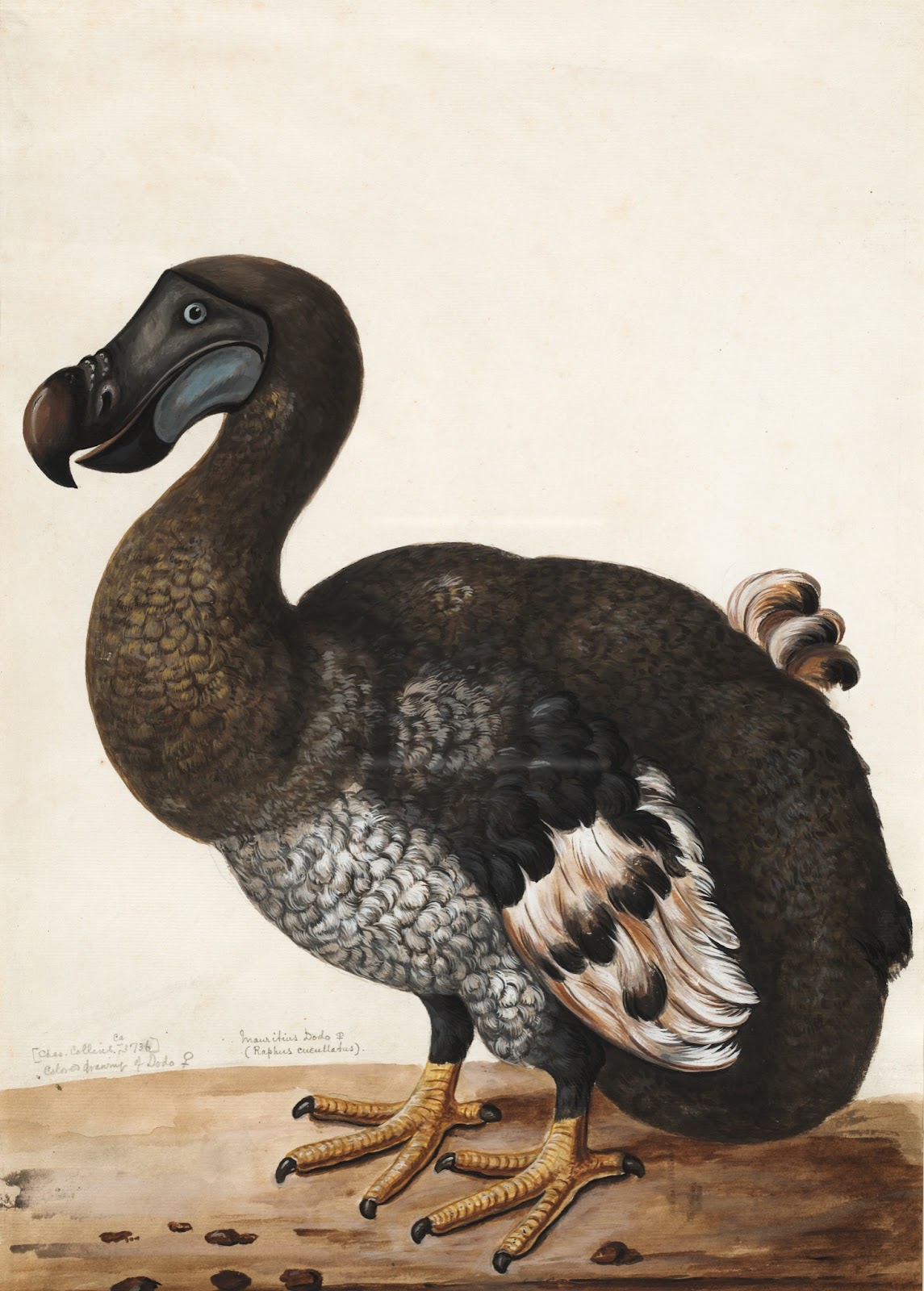When “Jurassic Park” debuted in 1994, the movie shocked the world with its intriguing premise of what may occur if extinct creatures were brought back to life. Undoubtedly a smash hit, the film’s theme of reviving extinct creatures was always believed to only happen in fiction. But not any more, as an ambitious biotech start-up company aims to make it real.
Bringing Dodo back to Life – possible?
Colossal Sciences, a self-claimed ‘de-extinction’ company, which has already made news headlines in the past declaring its grand intent of bringing back other extinct animals such as the woolly mammoth and the Tasmanian tiger, now also desires to revive the Dodo bird.
Image credits: Unsplash
Dodo – the flightless bird, an iconic symbol of the human-led extinction of any species, became extinct more than 300 years ago. As per the lead paleogeneticist Beth Shapiro’s claims, Colossal is now the sole owner of a complete Dodo genome sequenced from a DNA sample obtained from the conserved remains in Denmark.
Even with the whole genome, it would incredibly difficult, some would even say impossible, to actually revive the dodo. The outcome would, at best, be a hybrid that has undergone modest modification rather than a completely original dodo.
But that isn’t worrying Thomas Tull, the investor backing this research. Interestingly he is also the producer of the sequel ‘Jurassic World’ which portrays how dangerous resurrecting long-gone creatures can be.
Resurrecting Dodo – a good idea or a bad one?
Anyone who has watched “Jurassic Park” can tell that bringing any creature back from the dead might not be a good idea, or at the very least, one which should be treated with great caution.
Image credits: pexels
Even though Dodos aren’t as terrifying as the ferocious T-rexes or velociraptors, it can still be quite difficult to predict the consequences of introducing(or re-introducing) an organism to a new food chain and ecosystem.
According to Shapiro, the company’s motive behind bringing dodo back is far more than doing it just on a whim. They intend to find ways to combat the ongoing extinction crisis which is frankly appearing very very grim.
We are in the middle of an extinction crisis and as Shapiro said, it’s important to bring stories and excitement to people in a way that motivates them to think about the ongoing extinction crisis. As Tull said, it is hard to say what one might discover when they are doing big things like this. The effects of de-extinction are unpredictable but might help us discover new ways of dealing with extinction.
If you enjoyed reading our articles, please consider supporting us by buying our geeky merchandise on Instagram.






1 comment
[…] company is currently pursuing the de-extinction of the woolly mammoth to reintroduce the species to ecosystems that still need them. And they say […]